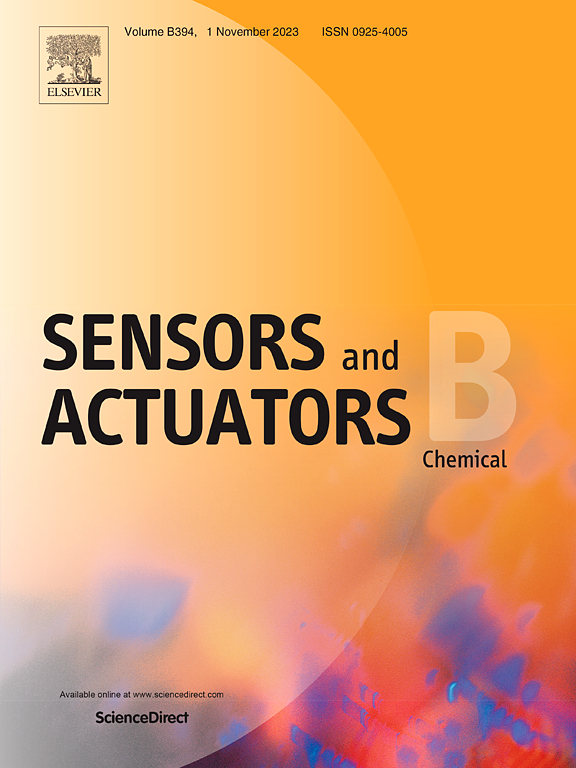Self-powered photoelectrochemical immunosensor using MIL-88A-derived NiFe LDH double-shell nanocages/TiO2/P-doped graphitic carbon nitride heterostructure for hCG detection in urine samples of pregnant and non-pregnant women
IF 8
1区 化学
Q1 CHEMISTRY, ANALYTICAL
引用次数: 0
Abstract
Human chorionic gonadotropin (hCG) is an essential biomarker for pregnancy and seminal system disorders, with elevated levels linked to tumor progression. Early and accurate detection of hCG is critical for disease diagnosis, necessitating the development of highly sensitive and selective assays. Self-powered photoelectrochemical (PEC) biosensors, which function without an external power source at zero bias voltage, offer superior anti-interference properties and have emerged as a promising approach for biomarker detection. This study presents the synthesis of MIL-88A-derived NiFe LDH double-shell nanocages integrated with titanium dioxide (TiO2) and phosphorus-doped graphitic carbon nitride (PCN). The resulting Ni-Fe LDH DSNCs/TiO2/PCN heterostructure was immobilized on a fluorine-doped tin oxide (FTO) substrate for efficient hCG detection under zero-bias conditions (0 V vs. Ag/AgCl). Ascorbic acid (AA) acts as an electron donor to scavenge photogenerated holes, thereby improving the sensitivity of the PEC immunosensor. Compared to bare FTO, the Ni-Fe LDH DSNCs/TiO2/PCN heterostructure exhibited a significantly higher PEC signal, attributed to its enhanced photoelectric conversion efficiency, lower charge recombination, and effective charge separation. The PEC immunosensor shows a linear response to hCG (0.0001–100 ng/mL) with a detection limit of 0.087 pg/mL. The superior performance of the Ni-Fe LDH DSNCs/TiO2/PCN-based PEC immunosensor can be attributed to its optimized bandgap, efficient charge transport, broad visible-light absorption, and large surface area. Furthermore, the PEC sensor exhibited excellent stability, selectivity, and reproducibility, with high recovery rates in real urine sample analysis, demonstrating its potential for reliable hCG detection.

利用 MIL-88A 衍生的 NiFe LDH 双壳纳米笼/TiO2/P掺杂石墨氮化碳异质结构自供电光电化学免疫传感器检测孕妇和非孕妇尿样中的 hCG
本文章由计算机程序翻译,如有差异,请以英文原文为准。
求助全文
约1分钟内获得全文
求助全文
来源期刊

Sensors and Actuators B: Chemical
工程技术-电化学
CiteScore
14.60
自引率
11.90%
发文量
1776
审稿时长
3.2 months
期刊介绍:
Sensors & Actuators, B: Chemical is an international journal focused on the research and development of chemical transducers. It covers chemical sensors and biosensors, chemical actuators, and analytical microsystems. The journal is interdisciplinary, aiming to publish original works showcasing substantial advancements beyond the current state of the art in these fields, with practical applicability to solving meaningful analytical problems. Review articles are accepted by invitation from an Editor of the journal.
 求助内容:
求助内容: 应助结果提醒方式:
应助结果提醒方式:


